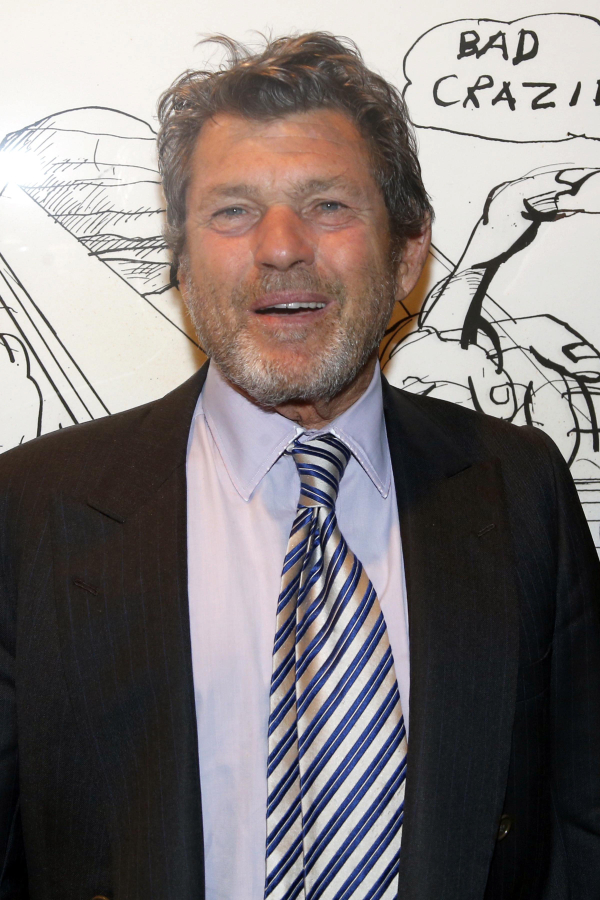Oscar-winning director Alex Gibney (“Taxi to the Dark Side”) and Emmy-winning director Blair Foster (“George Harrison: Living in the Material World”) team up to deliver a two-part documentary about the past 50 years of pop culture as seen through the lens of Rolling Stone magazine. Part 1 tackles the years from Jann Wenner’s creation of the magazine, which celebrates its 50th anniversary this week, through the death of John Lennon. Part 2 goes from the birth of punk until today. The documentary has Jeff Daniels read parts of stories from the magazine to narrate events with interviews and archival footage of the magazine’s reporters providing analysis.
In its heyday, Rolling Stone was youth culture’s most important magazine because it was one of the only outlets to take it seriously. The first half of the documentary captures that.
The second half is actually more enlightening, though, as Gibney and Foster do a remarkable job of explaining the challenges that Rolling Stone faces.
“The gossip crept in,” complains the late Hunter S. Thompson, the king of the gonzo journalism style that informed so much of the magazine’s non-music coverage. “Bon Jovi and whatever color he paints his fingernails is more important than the fact that Ronald Reagan is president.”



